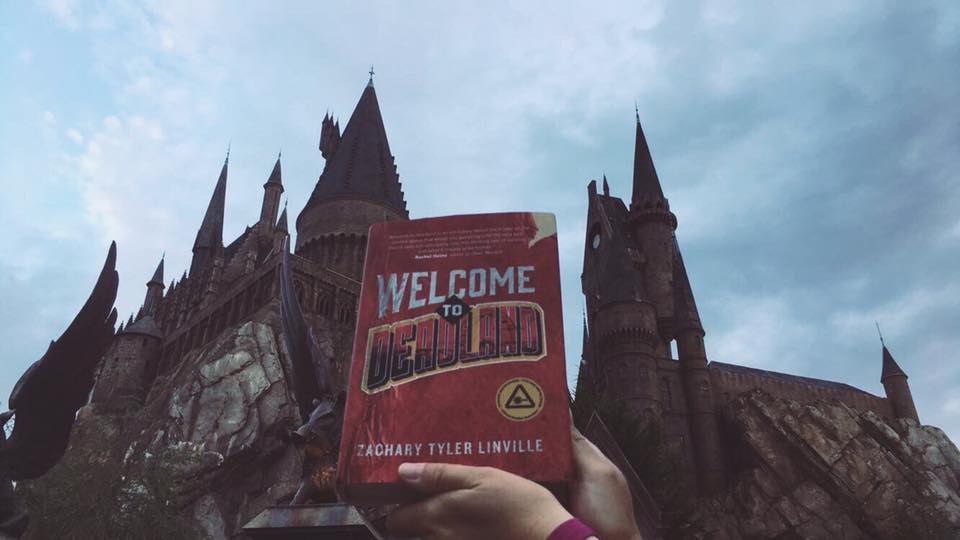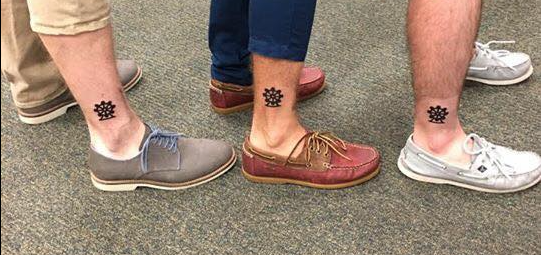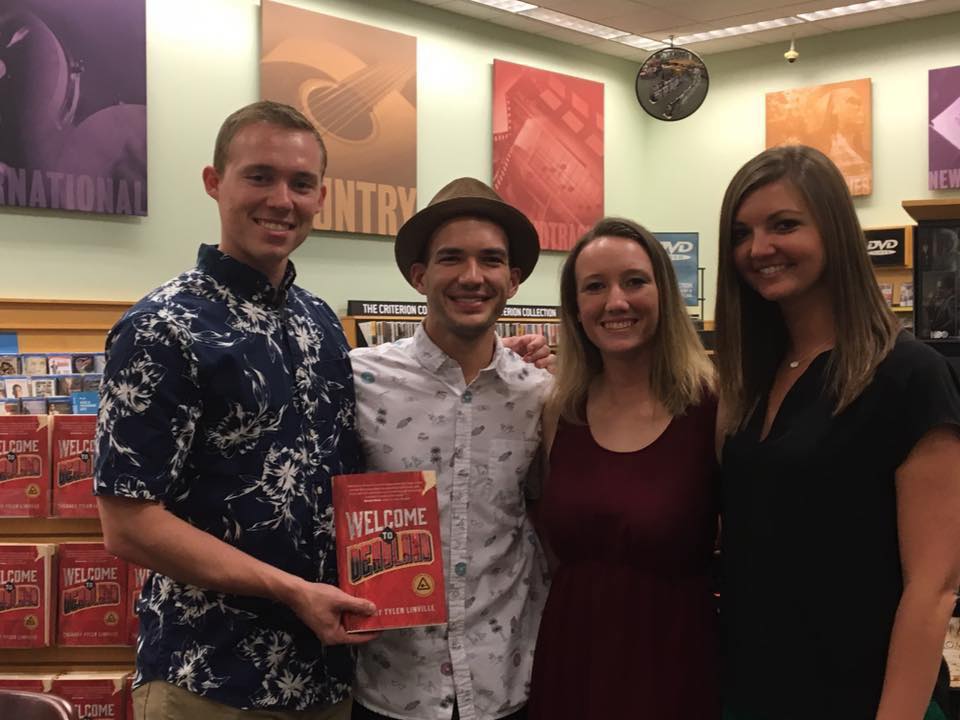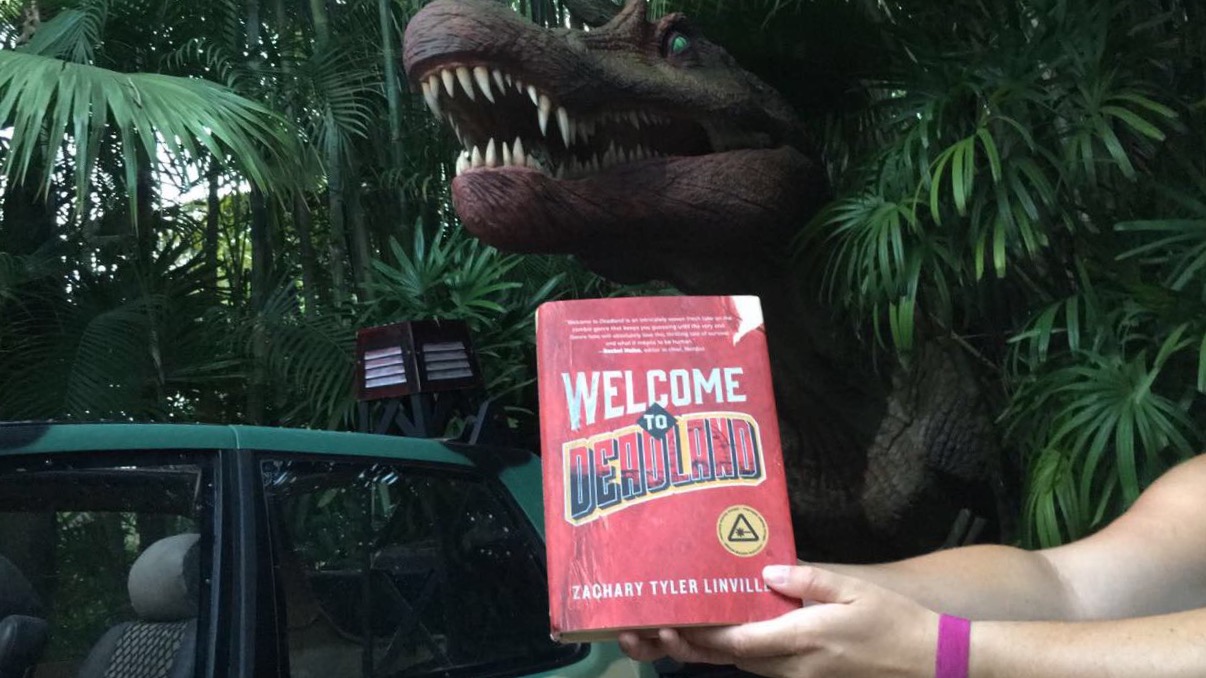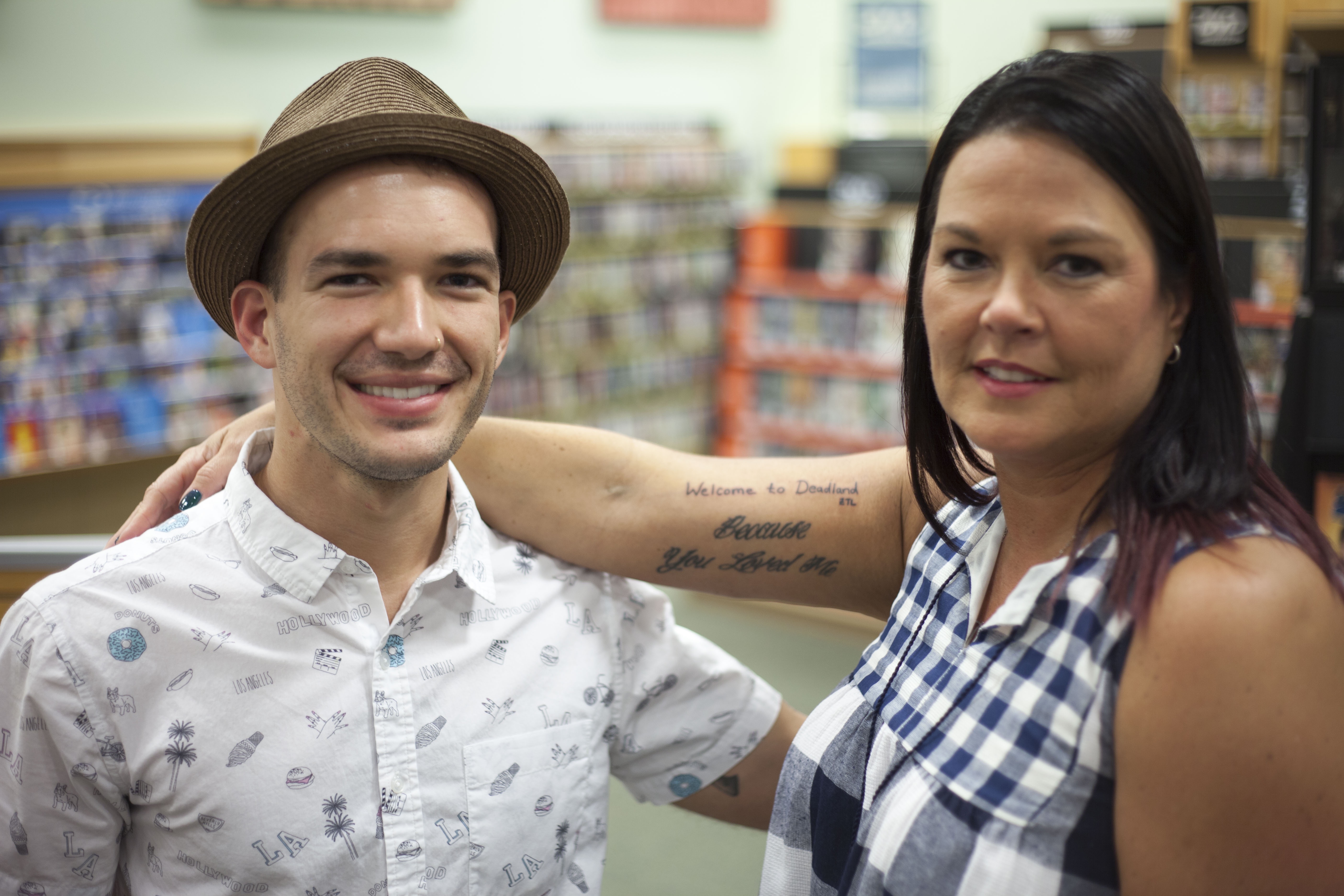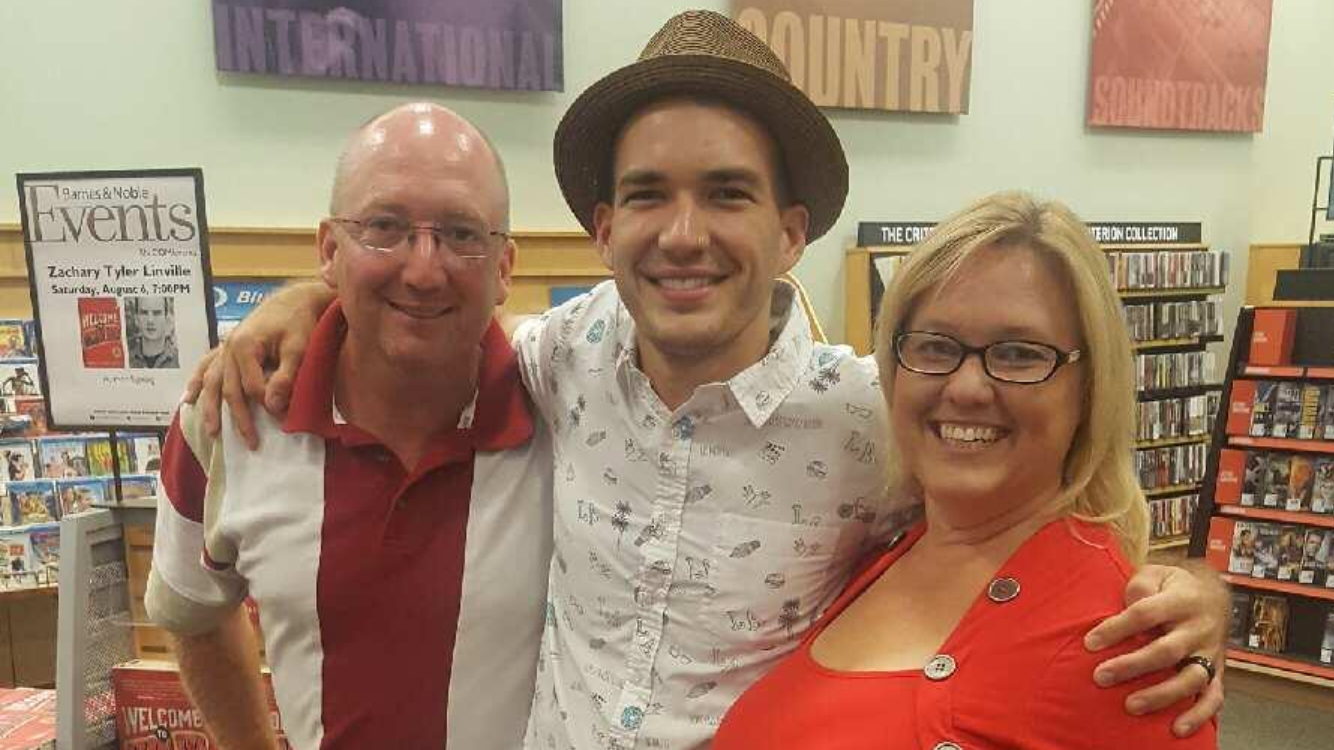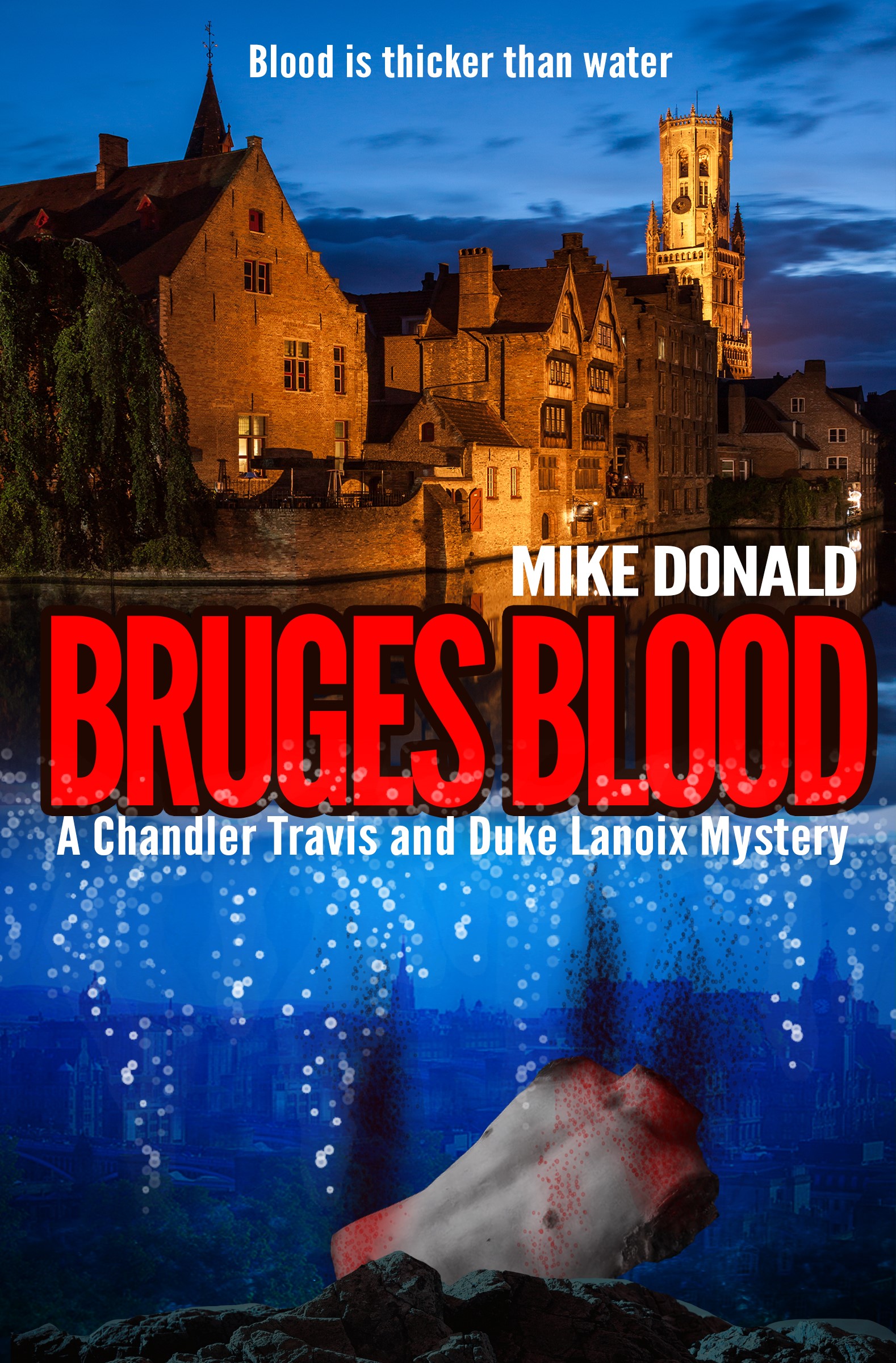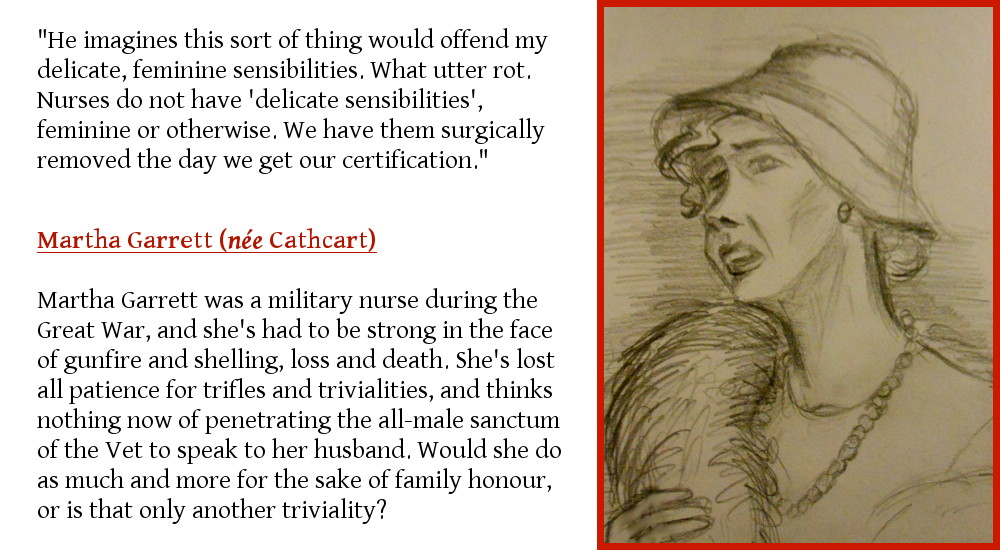Good morning, everybody! I have some good news and some bad news. Well, I mostly have good news.
First, the bad news. Someone canceled their order, so I am back down to 269. Alas, these things do happen and I am greatly saddened when they occur. I wish that person well and hope they have tons of success and enjoyment with books better suited to their natures.
Now for the good news: there are four days left until I am officially Quill, The prizes should be getting back from Kinkos first thing in the morning (bit of a hickup there but it’s all sorted now), I received Burning Man tickets (yay! It’s my first time and I hope it Rocks!), and I’m super excited that so many of y’all are so awesome!
I’ve got another two races all set and ready to go, if y’like. Again, these are races in the greater world while this story mostly focusses on just Bugbears, elves, humans and a single gnome, halfling, and goblin. I hope y’all have an amazing day and that many good things come your way!
Halflings
Halflings is a term that refers to three distinct races, though most outside of halfling culture do not differentiate. These three races, culturally, have nearly nothing in common and can only produce mules when they hybridize. The most common in the region’s cities are the Itigrailha, which, again, are called halflings by most folk.
These halflings are usually between three and four feet tall, are incredibly athletic, have catlike pupils and are generally claustrophobic. They form large family groups that usually control large portions of the skyline in cities and absolutely do not get on with each other. They are not particularly strong, but they are incredibly talented at climbing, jumping and general acrobatics.
To be cast out of a family is considered a fate almost worse than death, and those who have been banished will often form new family units. While their families are small, however, they are not able to control even a single rooftop. The parents of both sides are protective of their young, but not at the expense of their own lives. When a neighboring family takes over a stretch, they brutally murder all young and elderly too slow to escape, though two strong families will usually avoid fighting and borders are generally well respected.
In general, both Hard and Soft races presume all halflings to be message runners, and few halflings will tell them otherwise, instead pawning off unwanted deliveries on relations or passing them along to members of rival families.
Humans
Humans are a numerous species with ties to both Civilized and Hard races. While there are relatively few pure humans, the genetic strain usually burns off all but a few aesthetic tells of impurities. They are able to adapt to almost any set of cultural norms but are often relegated to the lowest tiers of Civilized society and are usually seen as an amusing but ultimately weak addition to most Hard races.
While humans can and have manifested any number of wild or aberrant arcane talents, most never develop power beyond what can be used as a parlor trick. Their main and universal arcana is that of fertility; any human can breed with almost any other race. Those few who are not compatible can be made to be compatible through unholy means. Any hybrid produced of these pairings is fertile and any offspring, forever more, will be able to breed with both parent species.
Humans tend to choose an ideal and work to attain this at all costs. This can make them, in places, incredibly powerful. It can also allow them to survive where all odds claim they should not. Because of this latter trait, the mythical entity Good Luck is often portrayed as a human female.
Human young usually are raised by a family unit with heavy exposure to their close friends, after which they are encouraged to spend their adolescence among either Civilized races in the hopes of gaining an apprenticeship or mentorship, or to garner respect among Hard races in the hopes of gaining clout and prestige therein. Depending on the family’s ideals, youth may also be encouraged to devote themselves to study or to the hearth and home, or any other particular pursuit.
As always, I wish good things on all who read this (and even a few of those who do not).
